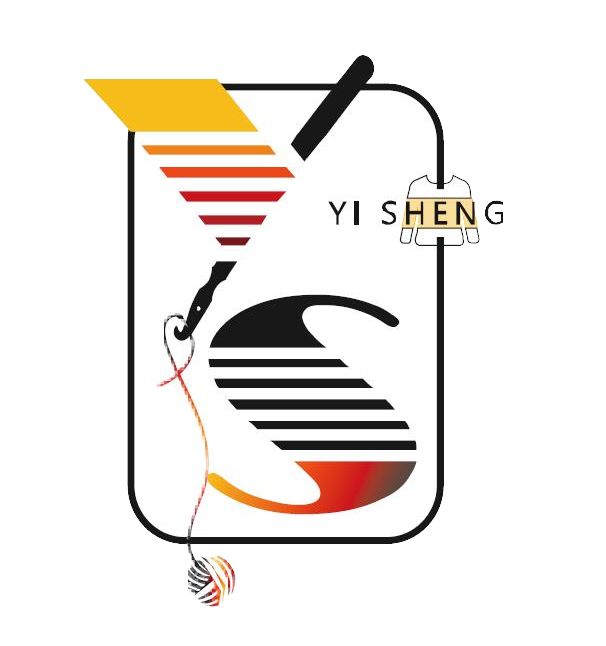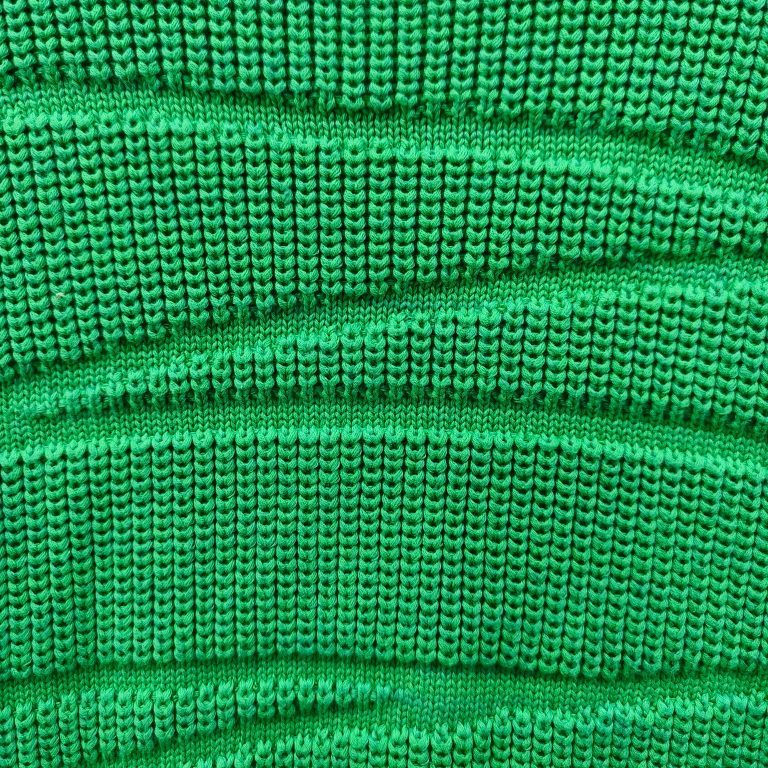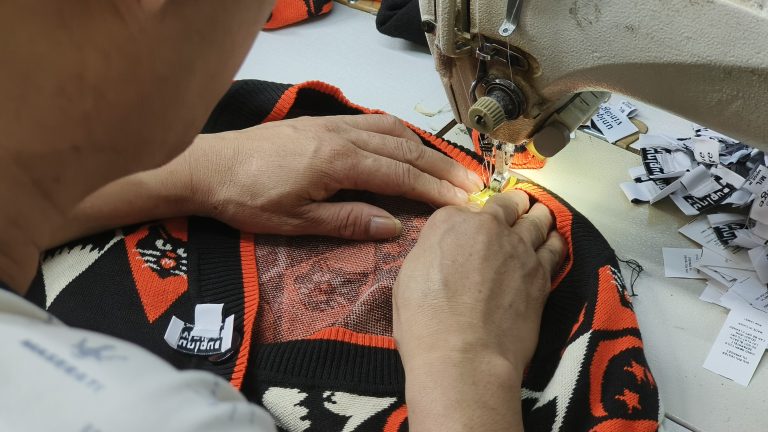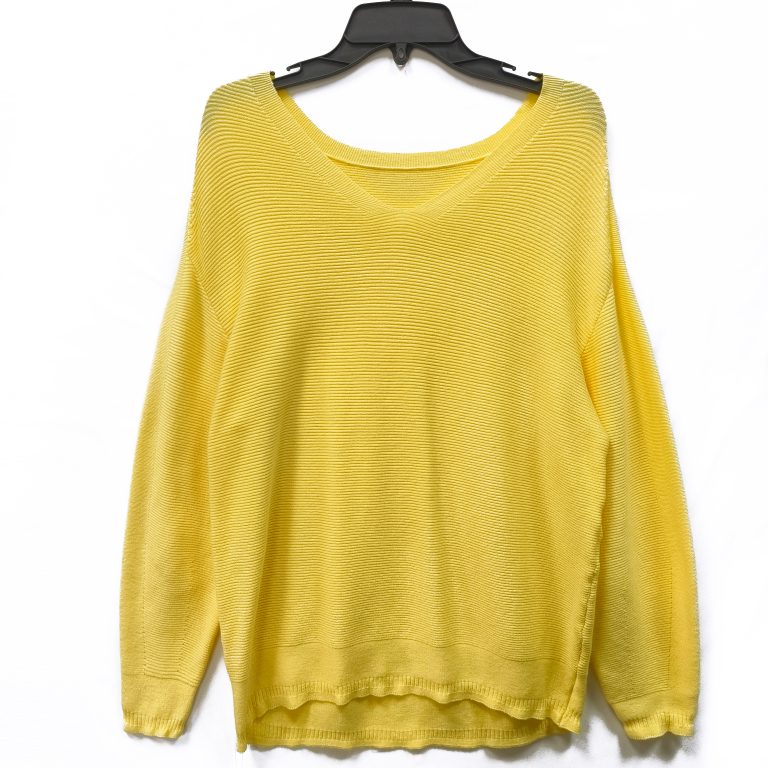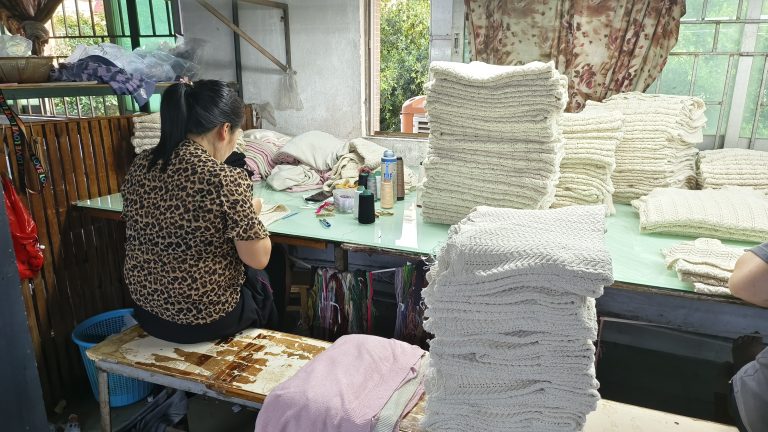5 Sustainable Practices Every sweater manufacturer in CA Should Implement
sweater manufacturing is a complex process that involves various stages, from designing to production. In California, sweater manufacturers are increasingly focusing on sustainable practices to reduce their environmental impact and meet consumer demand for eco-friendly products. One key area where sweater manufacturers can make a difference is in the production of knit fabric, which is the foundation of any sweater.
The knit fabric production process involves several steps, starting with the selection of raw materials. To ensure sustainability, sweater manufacturers in california should opt for organic or recycled fibers, such as organic cotton, bamboo, or recycled polyester. These materials are not only better for the environment but also for the workers who handle them. By choosing sustainable fibers, sweater manufacturers can reduce their carbon footprint and support ethical practices in the textile industry.
Once the raw materials are selected, the next step in the knit fabric production process is spinning. This process involves twisting and drawing fibers together to create yarn. Sweater manufacturers in California should look for spinning mills that use energy-efficient machinery and water-saving techniques to minimize their environmental impact. By partnering with sustainable spinning mills, sweater manufacturers can ensure that their knit fabric is produced in an eco-friendly manner.
After spinning, the yarn is dyed to achieve the desired color. Traditional dyeing processes can be harmful to the environment due to the use of toxic chemicals and large amounts of water. To reduce their environmental impact, sweater manufacturers in California should opt for eco-friendly dyeing methods, such as natural dyes or low-impact dyes. These alternatives are safer for the environment and for the workers who handle them, making them a more sustainable choice for knit fabric production.
Once the yarn is dyed, it is knitted into fabric using specialized machinery. Sweater manufacturers in California should invest in state-of-the-art knitting machines that are energy-efficient and produce minimal waste. By using modern knitting technology, manufacturers can increase their production efficiency and reduce their environmental footprint. Additionally, sweater manufacturers should consider implementing circular knitting techniques, which produce seamless fabric and minimize fabric waste.
Finally, the knit fabric is finished and prepared for garment production. This involves processes such as washing, drying, and pressing to ensure that the fabric is soft, smooth, and ready for cutting and sewing. Sweater manufacturers in California should prioritize eco-friendly finishing techniques, such as air drying instead of machine drying and using steam instead of chemicals for pressing. By adopting sustainable finishing practices, manufacturers can further reduce their environmental impact and create high-quality, eco-friendly sweaters.

In conclusion, sweater manufacturers in California can make a difference by implementing sustainable practices in the knit fabric production process. By choosing organic or recycled fibers, partnering with sustainable spinning mills, using eco-friendly dyeing methods, investing in energy-efficient knitting machines, and prioritizing eco-friendly finishing techniques, manufacturers can reduce their environmental impact and create eco-friendly sweaters that meet consumer demand for sustainable fashion. By embracing sustainability in knit fabric production, sweater manufacturers in California can lead the way towards a more sustainable and ethical textile industry.
A Step-by-Step Guide to the Knit Fabric Production Process
Sweaters are a staple in many people’s wardrobes, providing warmth and style during the colder months. But have you ever stopped to think about how these cozy garments are made? The process of creating knit fabric, the material used to make sweaters, is a fascinating one that involves several steps to ensure a high-quality end product.
The first step in the knit fabric production process is sourcing the raw materials. This typically involves using natural fibers such as wool, cotton, or silk, or synthetic fibers like polyester or nylon. The choice of material will depend on the desired characteristics of the final fabric, such as softness, durability, or stretchiness.
| ID | Product Name | Fabric category | Supply model |
| 1.1 | cardigans uk | BAVE | sweater production |
Once the raw materials have been sourced, they are spun into yarn. This involves twisting the fibers together to create a continuous strand that can be used in the knitting process. The yarn may be dyed at this stage to achieve the desired color for the final fabric.
Next, the yarn is loaded onto knitting machines, which come in various types depending on the desired knit pattern. The most common types of knitting machines are circular knitting machines, which produce seamless tubes of fabric, and flat knitting machines, which produce flat panels that can be sewn together to create a garment.
As the yarn is fed into the knitting machine, it is looped together to create the fabric. The machine may be programmed to create different patterns, such as ribbing, cables, or jacquard designs. The speed and tension of the machine can also be adjusted to achieve the desired thickness and stretchiness of the fabric.
Once the fabric has been knitted, it is removed from the machine and inspected for any defects. Any imperfections, such as dropped stitches or uneven tension, are repaired before the fabric moves on to the finishing process.
The finishing process involves several steps to prepare the fabric for use in garment production. First, the fabric is washed to remove any dirt, oils, or chemicals that may be present from the spinning and knitting processes. It is then dried and stretched to the desired dimensions.
After washing and drying, the fabric may undergo additional treatments to enhance its properties. For example, it may be brushed to create a softer texture, or treated with chemicals to improve its moisture-wicking abilities. The fabric may also be dyed or printed with patterns at this stage.
Once the fabric has been finished, it is ready to be cut and sewn into garments. Sweater manufacturers will use patterns to cut the fabric into the desired shapes for each part of the sweater, such as the body, sleeves, and collar. The pieces are then sewn together using specialized machines to create the final garment.
In conclusion, the knit fabric production process is a complex and intricate one that involves several steps to create high-quality fabrics for use in garments like sweaters. From sourcing raw materials to knitting, finishing, and sewing, each step plays a crucial role in ensuring the final product meets the desired specifications. Next time you slip on your favorite sweater, take a moment to appreciate the craftsmanship and skill that went into creating it.
